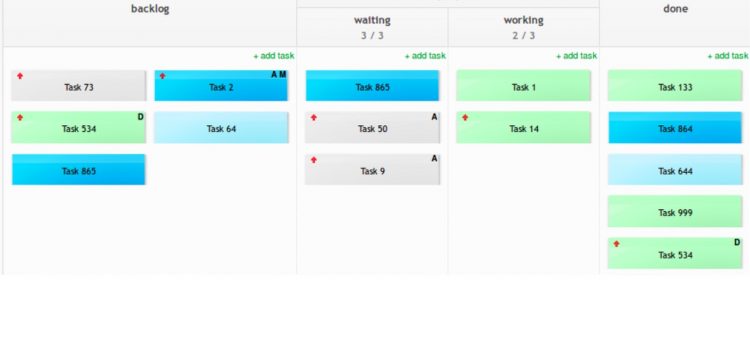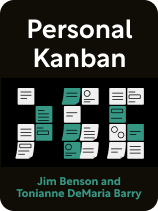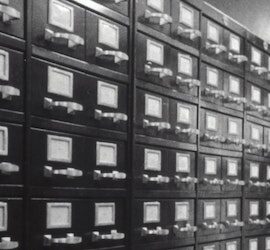

This article is an excerpt from the Shortform book guide to "Personal Kanban" by Jim Benson and Tonianne DeMaria Barry. Shortform has the world's best summaries and analyses of books you should be reading.
Like this article? Sign up for a free trial here.
What’s the history of kanban? Who invented this organized production system?
Kanban is traditionally a lean method used in workplaces to keep production moving. According to Personal Kanban by Jim Benson and Tonianne DeMaria, the origins of kanban actually started with a well-known vehicle manufacturer.
Learn more about the surprising history of kanban systems.
The Origins of Kanban
The history of kanban starts in Japanese manufacturing. In an effort to reduce mistakes and waste, manufacturing companies implemented lean manufacturing, a management philosophy that argues that all work should be visible to everyone so that every worker is empowered to keep things moving forward and to bring attention to problems or mistakes.
The authors explain that Taiichi Ohno, an engineer at Toyota in the 1940s, came up with kanban as a way to empower line workers to take ownership of the finished product, not just the part they were working on. Ohno believed that they could increase productivity and reduce waste if all workers could visualize the entire process, understand how their work contributed to it, and raise the alarm if they spotted a problem—even if it wasn’t their problem.
By implementing kanbans, according to Benson and DeMaria, Toyota was able to overhaul its production system and massively improve its efficiency by respecting line workers enough to share information with them and give them a voice in the process.
Benson discovered kanban when he worked in software development, where it helped him and his team track their tasks as they progressed through their workflow. The visual and low-effort nature of kanban made collaboration easier because everyone could see what work was being done, what was coming down the pipeline, and where the bottlenecks were.
| Kanban and Agile Software development workplaces have made kanban and its sister methodologies popular, but this wasn’t always the case. Before 2001, software development used the Waterfall Methodology, a traditional management system where a product idea progresses step by step, from listing all the product requirements all the way to testing the final product. The problem with Waterfall is that each step needs to be finished before the next step can begin. For example, the software design needs to be fully fleshed out and approved by all stakeholders before developers can start working on it. This means that, if there’s a problem with the product, it might not be possible to catch it until it’s on the market. By then, you may have wasted a lot of time and money on a product customers won’t buy. In 2001, a group of software developers wrote the Agile Manifesto and outlined four values and 12 principles to guide developers in pursuit of a more efficient and effective way to create. At its core, Agile involves being adaptive and being able to notice problems and respond quickly. For example, an Agile company might launch a product with minimal features, see how people interact with it, and then improve it based on user feedback. The Agile framework revolutionized software development—and, eventually, all workplaces—with its emphasis on short, iterative processes that continuously seek and incorporate feedback. Agile is the reason why today you’re able to download a new app with just a few functions and get regular updates that slowly make it better over time. Kanban is one of the key Agile methodologies because it values flexibility over rigidity, encourages small improvements rather than trying to create a perfect process or product from the beginning, and makes the whole process transparent so that problems jump out at you and you’re able to fix them before wasting time and money. Also, since Kanban was born in manufacturing assembly lines and not in software development, it’s also one of the most adaptable Agile methodologies. It can serve almost any workplace, whether you’re keeping track of app features or machine parts. |

———End of Preview———
Like what you just read? Read the rest of the world's best book summary and analysis of Jim Benson and Tonianne DeMaria Barry's "Personal Kanban" at Shortform.
Here's what you'll find in our full Personal Kanban summary:
- Why life is too complex to organize with a to-do list or productivity system
- What a personal kanban is and how it's used by automakers and engineers
- How a visual board helps you see your workflow and make future plans






